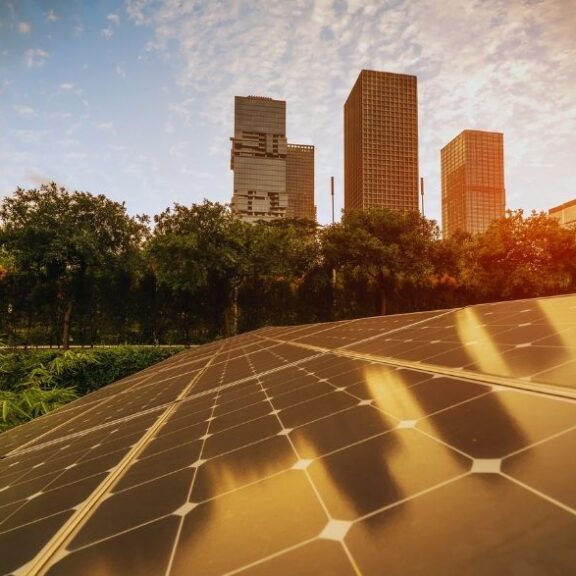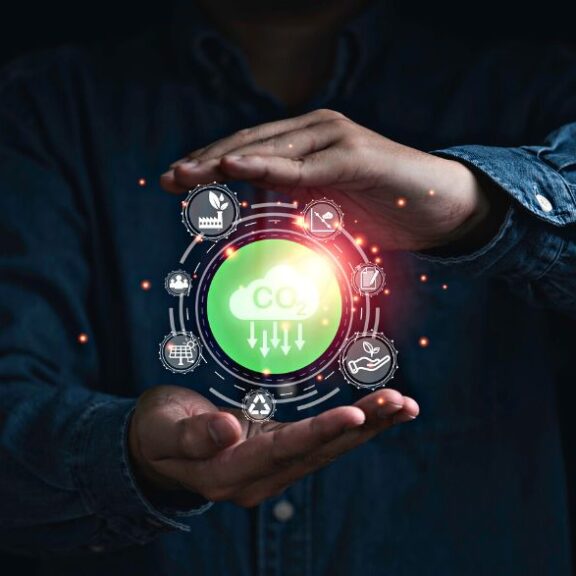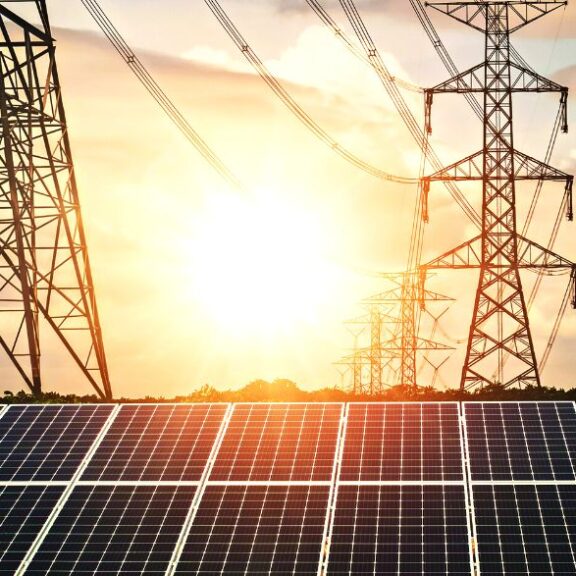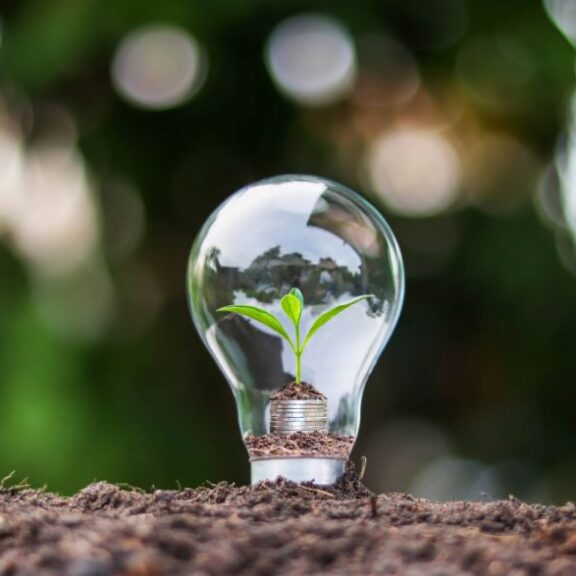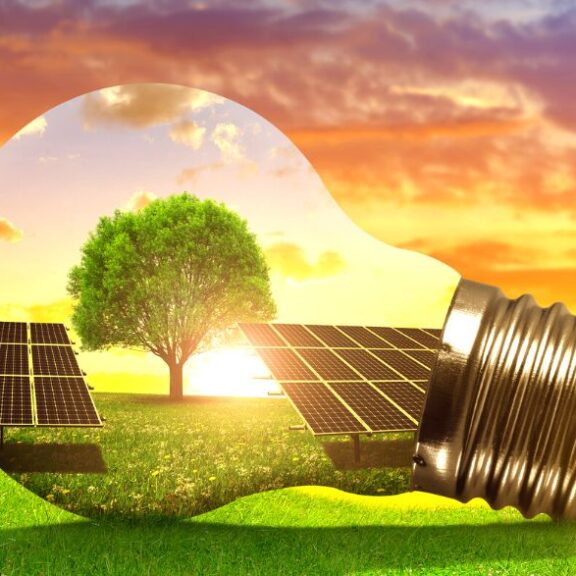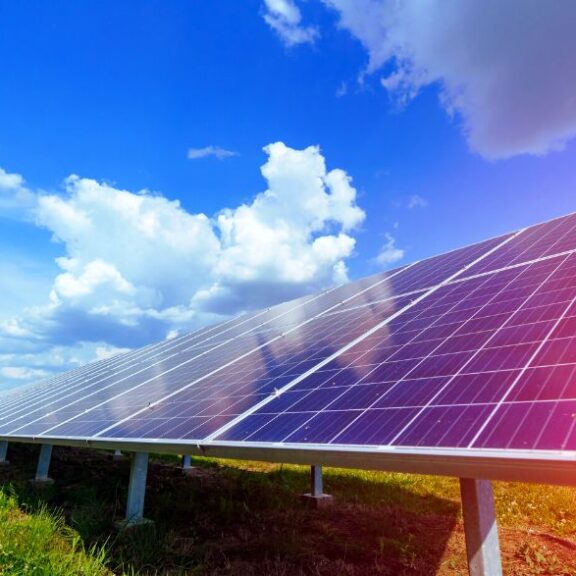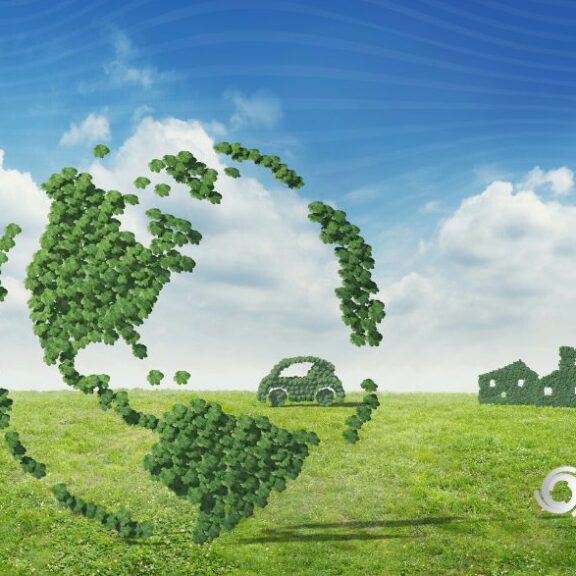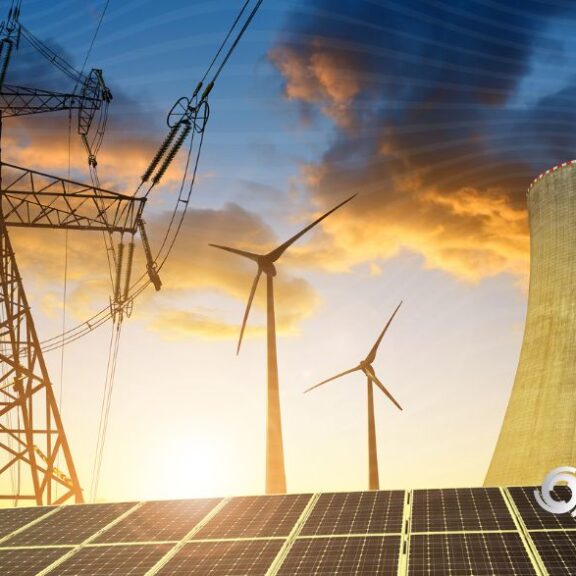Brazil: Awakening the Renewable Energy Giant for a Sustainable and Prosperous Future
Brazil has significant potential to lead the global energy transition through the expansion of renewable energy sources like solar and wind power. To achieve this, a joint effort among government, private sector, and society is needed to address challenges, transform advantages into real opportunities, and promote economic growth, social justice, and environmental protection.
